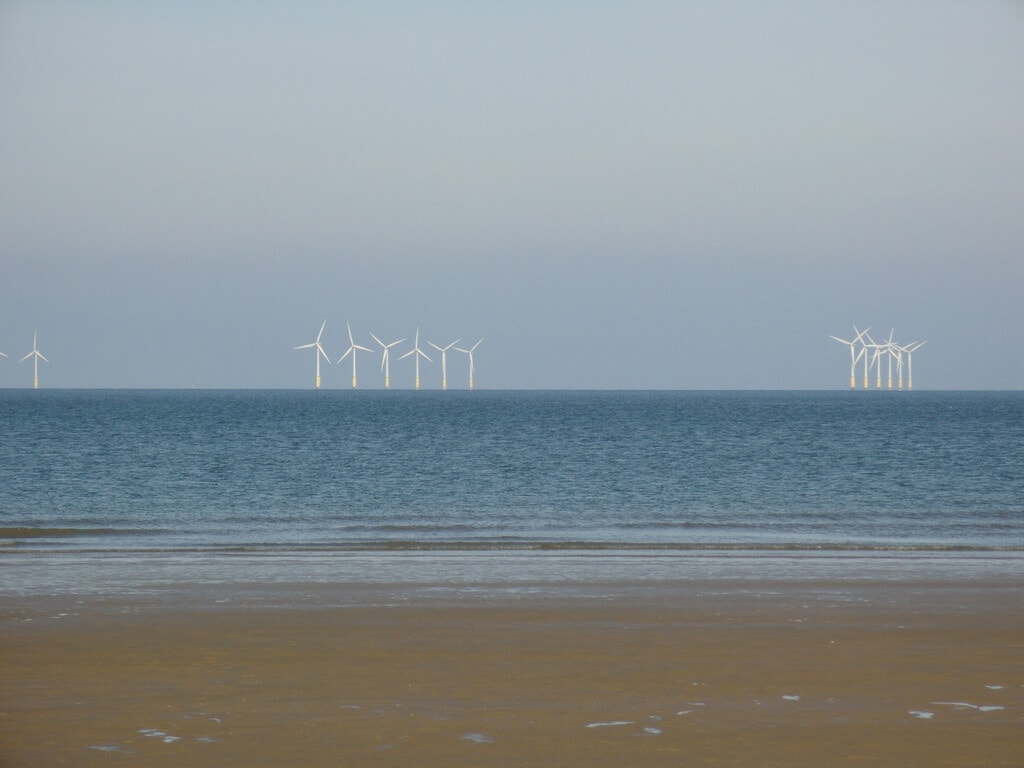Motorola Solutions CTO Paul Steinberg explains how data and enhanced communications can make cities safer â€" even if they’re not smart just yet
As CTO of Motorola Solutions (MSI), Paul Steinberg says he has three broad remits.
 The first is to advance the company’s technology with his team of engineers and data scientists, the second is to drive its patent strategy (“What patents we get and what we do with themâ€) and the third is to invest in startups so MSI can get access to something it doesn’t have.
The first is to advance the company’s technology with his team of engineers and data scientists, the second is to drive its patent strategy (“What patents we get and what we do with themâ€) and the third is to invest in startups so MSI can get access to something it doesn’t have. “It keeps you humble because there’s always someone else doing things faster and better than you,†he tells TechWeekEurope.
Public safety
Motorola Solutions now only deals with public safety communications systems. It was spun off from the Motorola Mobility handset business that was sold to Google (and later Lenovo) in 2011 and sold its handheld computing division to Zebra Technologies in 2014.
This might seem like a very narrow focus but it’s a market in which the present day Motorola senses a great opportunity as emergency services update their infrastructure to improve service and cut cost.
In the UK, MSI is working with EE to help deliver the £1 billion Emergency Services Network (ESN) â€" a 4G platform that will allow for data-enabled services alongside critical communications â€" and save the government £1 million a day
These upgrades will power what MSI sees as the big trend in public safety: the coupling of communications with data analytics, a vision it recently outlined at Critical Communications World (CCW) in Amsterdam.
“[Mission critical communications are] every bit as important as they have been and we expect [them] to be tomorrow,†explains Steinberg.
“Mission critical intelligence brings in connecting things â€" data. It becomes more about context and situational awareness. The investments we’re making are more in that direction.
“One of the things we’ve been working on is the connected first responder. What we did was we built a context engine that’s at the heart.â€

Context engine
The ‘context engine’ built by MSI brings together various different inputs. For example, Bluetooth connectivity can unite weapons, body sensors and imaging equipment to give a police force a greater overview of a situation.
Steinberg explains a scenario where if the context engine detects a weapon has been fired and a policeman is not at a station or at a firing range, their video camera will automatically switch on. Other situations could give a paramedic of firefighter additional information, possibly through wearable technology.
“Why did we do the Context engine? ‘Eyes open, hands free’: keep focussed on what you’re doing and keep your hands available to do what you need to do,†said Steinberg.
“We envisage this working as an ecosystem with well-designed interfaces around the core context engine. We see ecosystem partners offering applications and hardware. And some pieces of those we will offer as Motorola. We see it increasingly as a software problem.â€
Connected platform
image: http://www.techweekeurope.co.uk/wp-content/uploads/2014/12/Motorola-Solutions-public-safety-3-1024x768.jpg
Steinberg favours acquisitions as a way of advancing his goals and MSI has venture capital operations to fund the third part of his remit. MSI monitors the development of numerous early stage companies with a view to boosting its own business.
 “[Takeovers] give us technology or a skillset that we can’t do properly [ourselves],†he explains. “If the concept looks like it has legs, that’s when we make the decision. In some cases we don’t proceed.â€
“[Takeovers] give us technology or a skillset that we can’t do properly [ourselves],†he explains. “If the concept looks like it has legs, that’s when we make the decision. In some cases we don’t proceed.†Sometimes the target is more established. MSI has bought Airwave for £817 million, a move which it is believed will help accelerate the transition to next generation systems. Airwave currently powers the pre-ESN communications capability of the UK emergency services and Steinberg sees the acquisition as a method to migrate customers rather than innovate.
“It brings us another data point but it doesn’t really change how my team works,†he says. “It’s a company that helps us ensure we have an orderly migration.â€
Smart cities and smart vehicles
MSI says the Context Engine and its vision of data-supported communications will be strengthened by the parallel development of smart cities; even if it’s too early to have any impact right now. Steinberg describes ‘shotspotter’ technology capable of detecting when and where a gunshot is fired, aiding emergency services, and believes smart cars will also play a role.
“I think as the city becomes smarter, we can benefit from the environment,†he predicts. “We can fuse that together and help facilitate real time decision making. The next mobile platform is the vehicle. I think that will create some interesting opportunities for us.â€
But the very nature of emergency services means technological jumps are not to be taken lightly. A technical hiccup can mean the matter between life and death and although political reasons might have delayed the transition to LTE, concerns about reliability will have played a role too.
Steinberg agrees and is adamant that no matter what advances are made, MSI will not jeopardise the basics.
“The foundation of our business is communications and it always will be,†he states. “Making sure our platform is resilient, usable and mission critical in harsh environments while layering on this intelligence.â€
Read more at http://www.techweekeurope.co.uk/networks/broadband/motorola-solutions-public-safety-data-197830/2








